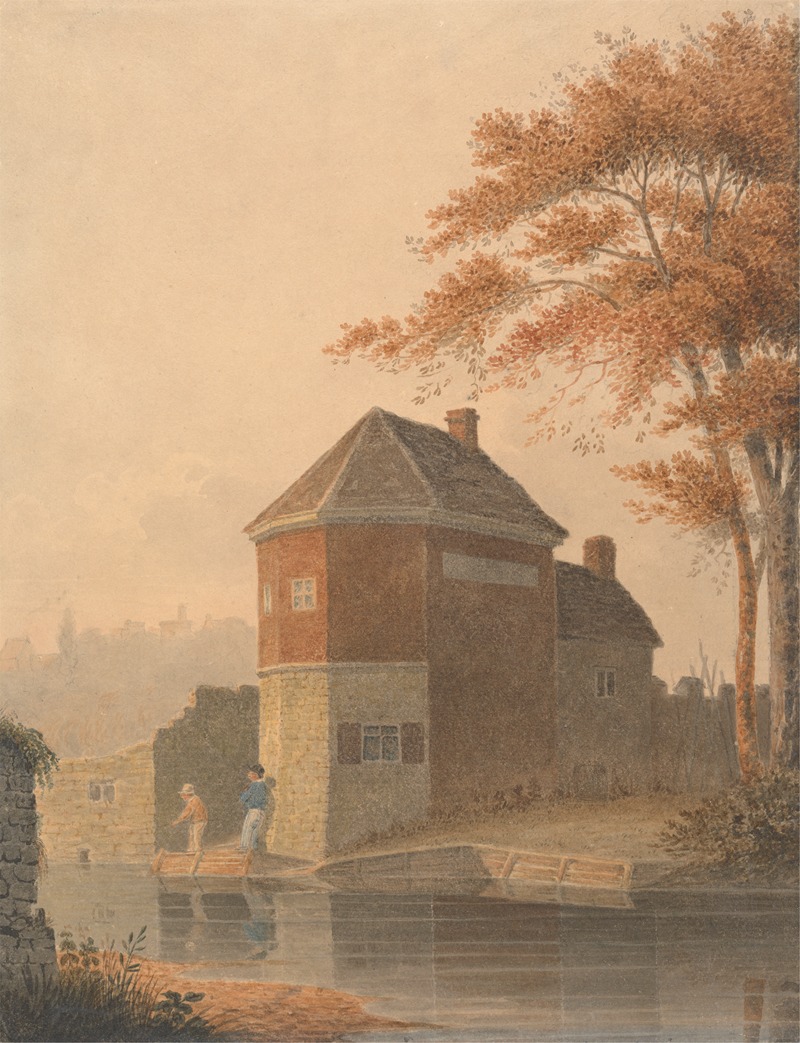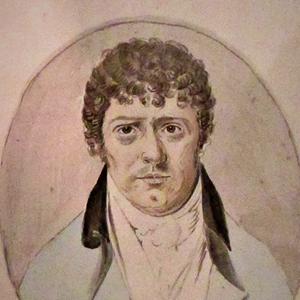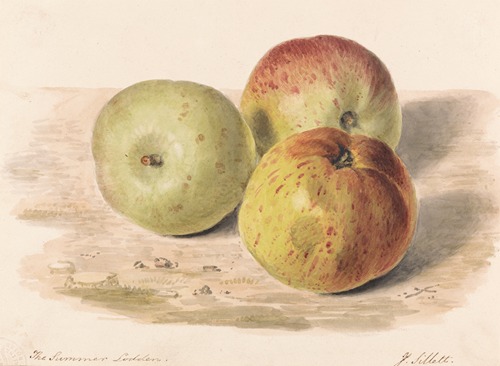

James Sillett was an English still life and landscape artist. He showed himself to be one of the most versatile of the Norwich School of painters: although the great majority of his works were still lifes and landscapes, he was also a drawing master and a miniaturist. His botanical paintings illustrations have been praised for their accuracy and attention to detail. These and his still life paintings are considered to be his best work, with some experts ranking him with William Jackson Hooker, whose illustrations were both accurate and charming. Sillett's own accurate depictions of plants were often used for book illustrations. His paintings often have an academic style, influenced by the masters of the eighteenth century in a way that set him apart from his Norwich contemporaries. He exhibited at the Royal Academy between 1796 and 1837.
Born and educated in Norwich, where he spent much of his career, Sillett initially worked as an apprentice to a Norwich heraldic painter before moving to London, where he was employed as a copyist by the Polygraphic Society. Together with the Norwich artist William Capon, he painted scenery at Drury Lane and Covent Garden. He claimed to have studied at the Royal Academy from 1787 to 1790, but evidence for this is lacking.
In 1801 he married Ann Banyard of East Dereham. In 1804 they returned from London to Norfolk to live in King's Lynn, where Sillett produced illustrations for Richards' History of Lynn. In 1811 he settled with his family in Norwich. There, he was elected as a member of the Norwich Society of Artists, becoming its vice-president in 1814 and its president the following year. He published A Grammar to Flower Painting, and Views of the Churches, Chapels and Other Public Edifices in the City of Norwich: his topographical drawings are regarded as an accurate and valuable record of much of the city's lost nineteenth century architecture. He died in 1840 and was buried in the city's Rosary Cemetery. His daughter Emma Sillett, who survived him, also painted flowers and was said to have been her father's greatest rival.

